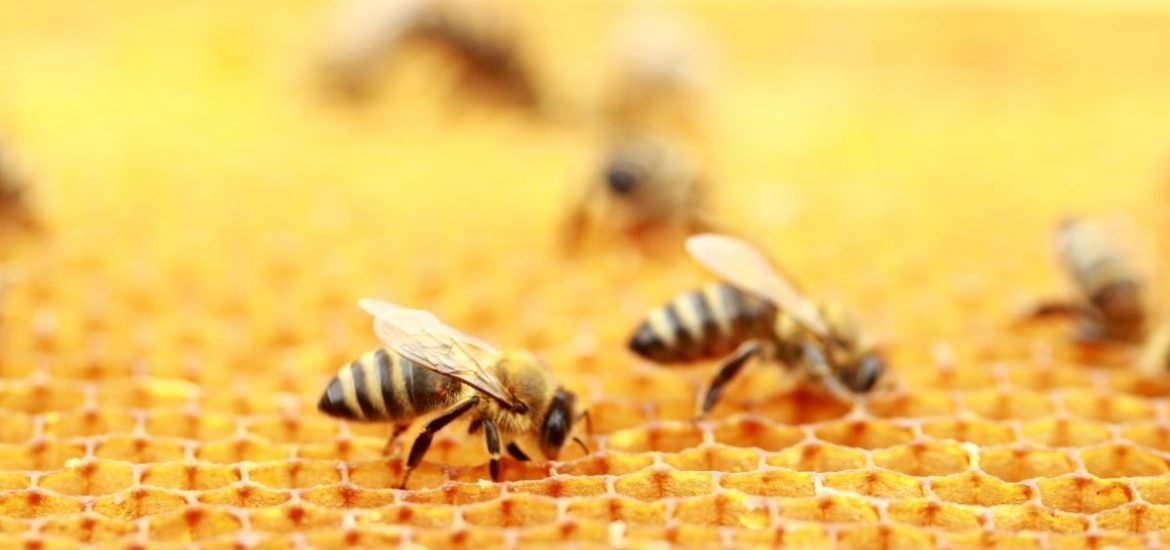
The number of honey bee colonies in Europe fell by an average of 16 per cent over the winter 2017–18, according to findings published on last month on 30 May in the Journal of Apiculture Research (1).
Gray and her colleagues examined loss rates of honey bee colonies provided by 25,363 beekeepers over winter 2017–18 from 36 countries: 33 in Europe plus Algeria, Israel and Mexico. The data were collected by COLOSS, a non-profit honey bee research association based in the Institute of Bee Health at the University of Bern in Switzerland. Established in 2008, COLOSS now has 1204 members in 95 countries.
The international research organisation mainly focuses on the number of honey bee colony losses over winter since this is the most important season for colony loss in Europe, according to the authors. And data are obtained through surveys or questionnaires.
The declining number of honeybee colonies
After the 2017–18 winter, beekeepers were asked how many of their honey bees: (1) were alive but had unsolvable queen problems such as a missing queen, laying workers, or a drone-egg laying queen; (2) were dead or reduced to a few hundred bees; and (c) were lost through a natural disaster due to several possible causes.
After sifting through the data, the international team of researchers found that some countries, including Portugal, Northern Ireland, Italy, and England had huge honey bee colony losses of more than 25 per cent. Smaller beekeeping operations experienced greater losses than large-scale ones.
Overall, the total loss rate decreased from a value of almost 21 per cent in 2016-17 but was higher than the reported 12 per cent loss rate of 2015–16. In Scotland, the loss rate increased from 18 to 20 to nearly 24 per cent over the three winters. They also found significant regional variations in some counties, like Germany, Sweden, and Greece.
What causes honeybee colony losses?
The colony queen is an important factor — if a queen goes missing or does not lay fertilised eggs to create more worker bees, the colony will suffer. Moreover, honeybees are at risk from parasitic mites.
And also, if bees do not have enough sources of forage for pollen and nectar, they can’t survive. However, interestingly, the researchers noted that moving colonies resulted in fewer colony losses — which was in stark contrast to previous findings. However, the researchers also note that further study and explanation are needed.
Furthermore, the authors found that intensive foraging on certain plant sources, including orchards, oilseed rape, maize, heather, and autumn forage crops, was associated with significantly higher winter losses. Therefore, they suggest that migrating colonies to areas with more sources of forage is worth further investigation.
Honey bee colony losses are complex, says Gray, and are mostly caused specific weather patterns or natural disasters rather than climate. And there is definitely no clear-cut solution.
Based on the potential importance of forage effects, the authors conclude that agricultural versus natural forage should be evaluated in the future. Particularly, given the potential impact of pesticides, and herbicides on bee numbers.
(1) Gray, A. et al. Loss rates of honey bee colonies during winter 2017/18 in 36 countries participating in the COLOSS survey, including effects of forage sources. Journal of Apicultural Research (2019). DOI: 10.1080/00218839.2019.1615661